Portulaca Oleracea
Herbs have an array of benefits that enrich all living beings. One such plant having multiple benefits is Portulaca Oleracea, belonging to the family of Portulacaceae. The plant, although considered as weeds in some cultures, have great significance for living beings owing to its highly nutritious content. They can be grown without any fuss. They are very useful in food and medicine.
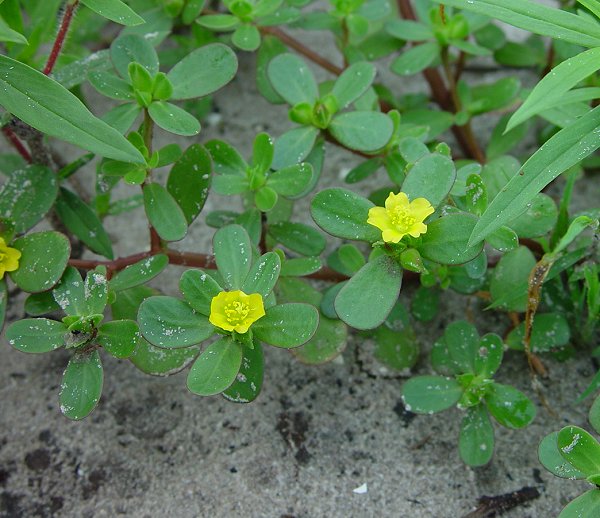
Portulaca Oleracea
Table Of Content
Portulaca Oleracea Common Name
Common name of this plant is Purslane in the US, other than that it is known by a variety of names in different places, like Pigweed, garden purslane, common purslane, postelijn, pourpier, fatweed, munyeroo, portulat, ma chi xian, Miner’s-lettuce, Cuban spinach, Miner’s-salad, little hogweed, Pussle etc.
Portulaca Oleracea Description
First thing which strikes the eye is its short appearance. Another variety known as Portulaca sativa shares some similar qualities but they have yellow leaves. It grows really fast and displays certain physical traits:
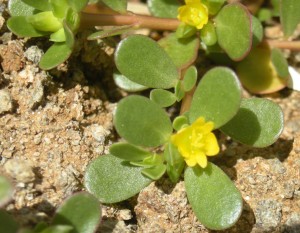 Picture 1 – Portulaca Oleracea
Picture 1 – Portulaca Oleracea
Height: The plant may grow up to a height of 35 to 40 cm approximately.
Stems: It has smooth fragile stems rising from the ground in multiple forms. Stems display a mix of green and red colors.
Leaves: Its green juicy leaves look like spoon. They follow a typical pattern of arrangement where they are grouped around the joint of the stem. They are around 1 cm broad and 3 cm long, with a slight tapering at the base.
Flowers: Purslane, flowers in the presence of ample moisture, generally between June and November. These yellow flowers are self fertile. They have four to five petals positioned at the center of the clusters.
Seeds: A single Oleracea may produce more than 200,000 seeds that are black, slightly wrinkled and glossy in appearance. In just a few weeks, one may witness the growth of this plant from tiny seeds into plants bearing lovely blossoms.
Portulaca Oleracea Distribution
This plant is widespread all over the globe barring some places in Australia. North of Africa to Middle East sweeping over the Indian subcontinent to Australasia- a wide growth of this plant can be witnessed.
The plant is native to most of the parts of North America except a few places. Around 40 varieties are believed to be cultivated all over the world.
Portulaca Oleracea Habitat
Mostly, they grow in lawns, vegetable gardens, agricultural lands, unused areas and pathways having basically warm and temperate climatic zones.
Portulaca Oleracea Growing Conditions
Irrespective of its importance as a food crop in US, it is cultivated all over for the benefits derived from it.
Climate and soil: Growing this plant is very easy as all that it requires is a dry and hot environment with occasional watering to moisten it when it is completely dry. For its growth no specific soil type has been listed and it has been found growing in any kind of soil.
It may just grow alongside your regular plants as it requires no special efforts. In general these plants are nutritious but they also have the ability to soak in toxins from their surroundings. This variety of Purslane is not ornamental but still widely common in orchards and gardens. It can be grown as a food crop in the garden from seeds.
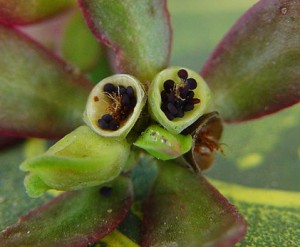 Picture 2 – Portulaca Oleracea Seeds
Picture 2 – Portulaca Oleracea Seeds
Portulaca Oleracea Lifecycle
This plant has an annual life cycle.
Portulaca Oleracea Uses
This variety of plant is said to possess several qualities for which it is used in the preparation of medicines and food items. Having high nutrient value, extracts of this plant are highly capable of eliminating certain health issues in a natural and effective manner.
Medicinal uses
- Purslane leaves are considered to be the store house of many nutrients effective in the treatment of skin sores and infections, dry cough and mild hemoptysis.
- Presence of Omega 3 fatty acids in large amount makes it highly effective in the treatment of congenital heart ailments, hyperactivity, bipolar disorders, depression and migraines.
- It relieves one of infections in the digestive and urinary tracts. Traditional medicine uses it for treating these problems.
- Purslane seeds are known to produce insulin in the body of a diabetic person which improves health.
- In some parts of the world, the entire plant mixed with some other herbs is used for the treatment of internal parasites.
- Pliny believed that the plant could ward off evil, which is why he suggested wearing it as amulet.
- Seeds of Parslene can be taken jointly with mint juice, fenugreek leaves and mango seed powder to relieve pain during diarrhea.
- Similarly, juice of its leaves can be mixed with little honey and lime juice to treat mild blood loss through rectum, nose or mouth.
Edible Uses
Packed with all the essential nutrients, Portulaca Oleracea is a highly popular edible item.
- Seeds of this plant which contains fat and protein have been a staple food of the aboriginals in Australia.
- The plant can be cooked as well as eaten raw.
- Whether in raw form like salads or cooked form like stew, this plant is commonly favored. It helps in thickening items like soups and stews, conferring a flavor and delicious taste on them.
- Greeks have the leaves of the plant fried in olive oil thereby mixing required amounts of oregano, feta cheese, onion, garlic and tomato.
- Owing to the sour taste of the plant, they can also be made into pickles or sauces.
- Often the seeds are powdered and then added to various culinary fares.
- It is among the seven other herbs used in the preparation of a traditional dish on Japanese New Year.
Other uses:
It is highly common as fodder for livestock.
Portulaca Oleracea Extracts
- The herb possesses natural cooling properties that soothe the skin, relieving it of skin inflammations and rashes during scorching heat.
- You can also use it to heal cuts faster and this has already been proven scientifically.
- Antifungal as well as antimicrobial properties in the herb make it the obvious choice of many skin ointments.
- Burns and skin eruptions like boils and carbuncles can be treated with an effective concoction of the leaves.
- Extracts of Portulaca is effective in saving the skin from pollution and premature aging, which is why it is used in a number of skin lotions.
Portulaca Oleracea Health Benefits
Considering the essential nutrients that are packed within, the plant is a wonder herb in many ways.
- It is a natural source of Omega 3 fatty acids, contained in higher concentration than other vegetables.
- It is also a rich source of fiber, Vitamins and minerals, making it ideal for obtaining optimum health.
- It has cancer-preventing properties in the form of antioxidants present in the leaves and stem.
Portulaca Oleracea During Pregnancy
Careful consumption is the best possible way of averting any form of mishap during certain ailments. The herb may also cause uterus contractions, for which pregnant women should not consume it.
Portulaca Oleracea Nutritional Value
They possess excellent nutritional value as the high content of essentials like Omega 3 fatty acids, Vitamins and minerals help in improving health of individuals. Those who refrain from having fishes can still obtain their daily dosage of Omega 3 fatty acids by simply consuming this leafy vegetable.
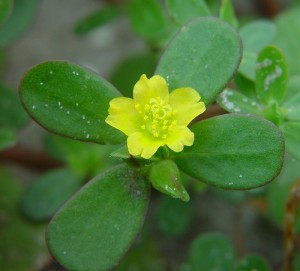 Picture 3 – Portulaca Oleracea Image
Picture 3 – Portulaca Oleracea Image
Alpha-linolic acid, potassium, calcium, beta carotene, oxalate etc are also the primary content of the plant when had raw or cooked.
Portulaca Oleracea Weed management
If you detest tiny weeds growing around your home, primary care should be taken to avoid their entry since they start multiplying once they gain access to any area. If at all it begins to grow in and around your ornamental garden, you may get rid of it by pulling it out with hands or by mulching.
You may adopt certain measures like solarization to control Portulaca Oleracea. Herbicides containing pendimethalin or oryzalin can also be administered on the areas for chemically getting rid of them. This method is applicable in treating the weed problem on a commercial basis.
Common Purslane can be biologically controlled by a certain Purslane sawfly which feeds on them. Healthy turfgrass in the lawns to a great extent prevents the growth of Purslane, for which attempts to better their condition and growth should made.
Portulaca Oleracea Side Effects
As such there is no evidence of any toxicity in this plant category though some amount of oxalic acids and cardiac glycosides can be traced in its composition that may have toxic undertones. This has not been clearly stated.
Though it improves urine production, this process may adversely affect people with kidney stones, causing the granules to shift.
Status of this herb is of a weed in the US, where it is considered to be a minor crop but it is quite popular as a leafy vegetable in the rest of the world including the European, Asian and Middle Eastern countries. It is generally grown along with other crops like corn, tomatoes and onions its roots go deep into the soil which helps in carrying nutrients for the other plants. Prehistoric archaeobotanical discoveries and literature prove its existence in 3rd and 4th century.
Portulaca Oleracea Pictures
Here are some of the images by which you can identify the plant.
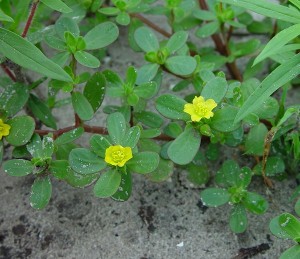 Picture 4 – Portulaca Oleracea Picture
Picture 4 – Portulaca Oleracea Picture
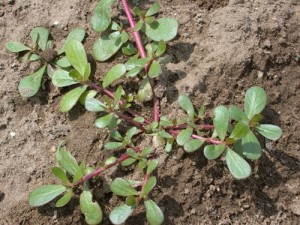 Picture 5 – Portulaca Oleracea Photo
Picture 5 – Portulaca Oleracea Photo
Reference:
http://en.wikipedia.org/wiki/Portulaca_oleracea
http://www.nutrition-and-you.com/purslane.html
https://ipm.ucanr.edu/PMG/PESTNOTES/pn7461.html
http://www.drugs.com/npp/purslane.html
https://www.cabidigitallibrary.org/doi/10.1079/cabicompendium.43609
https://mastergardener.extension.wisc.edu/files/2015/12/Portulaca_oleracea.pdf
https://plantnet.rbgsyd.nsw.gov.au/cgi-bin/NSWfl.pl?page=nswfl&lvl=sp&name=Portulaca~oleracea
http://torontogardening.blogspot.com/2009/08/portulaca-oleracea-foliage.html
https://www.ncbi.nlm.nih.gov/pmc/articles/PMC3934766/
https://hort.extension.wisc.edu/articles/common-purslane-portulaca-oleracea/
- by Jaysmita Sarkar
- April 6th 2012

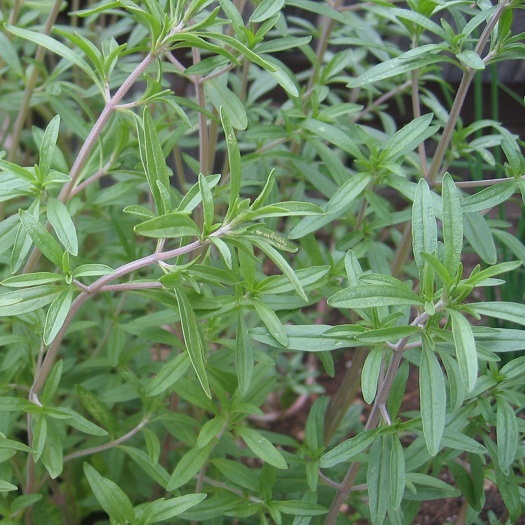
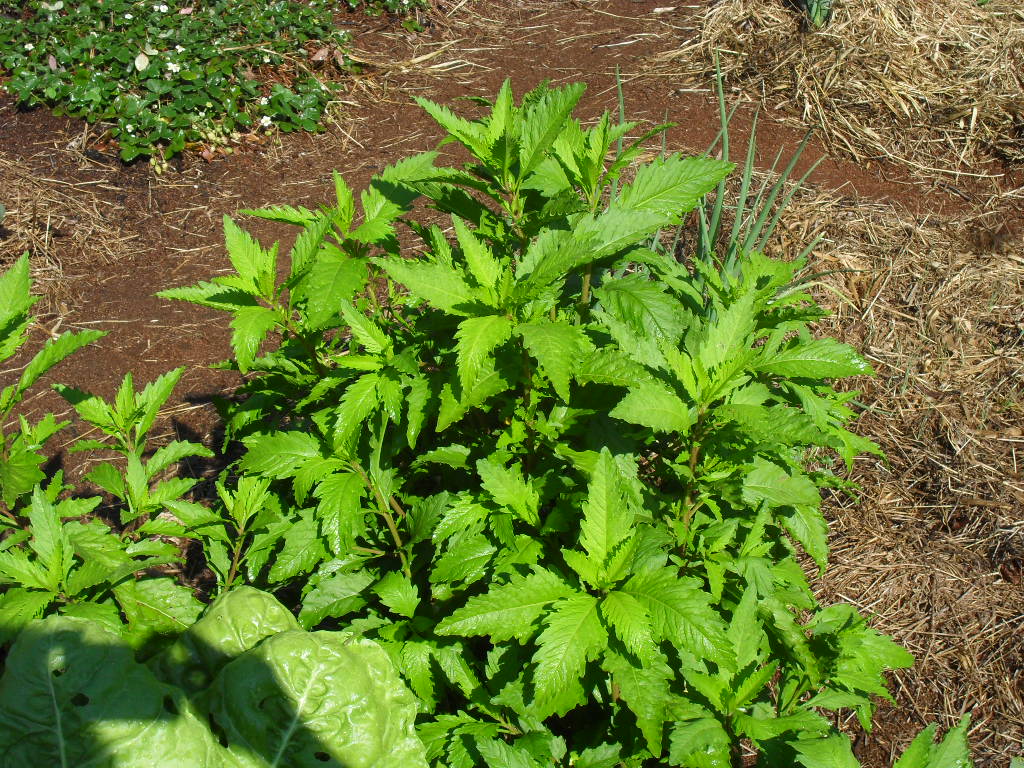

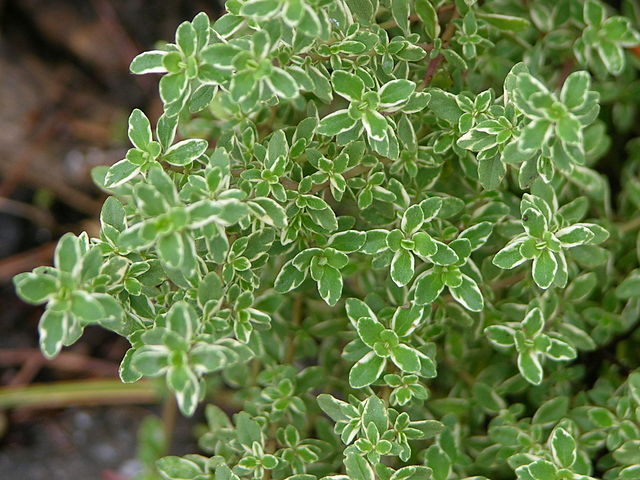















Leave a Reply